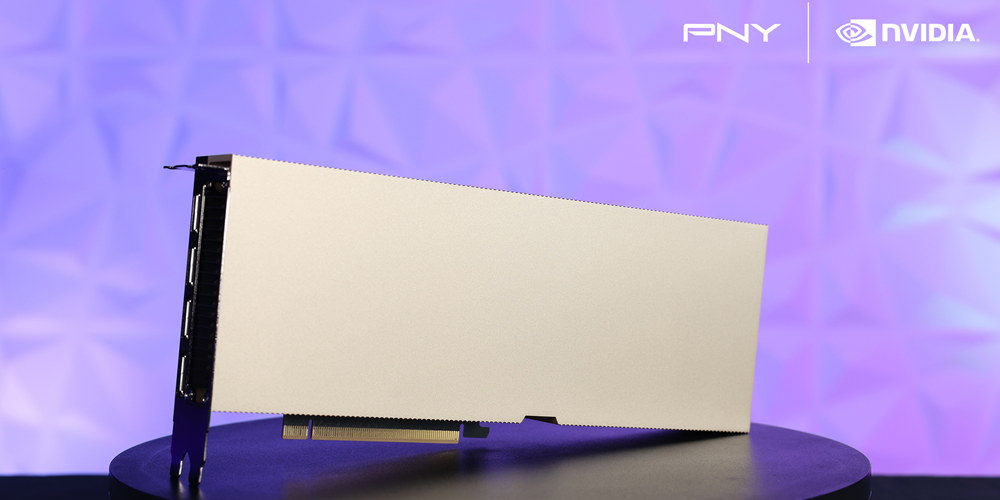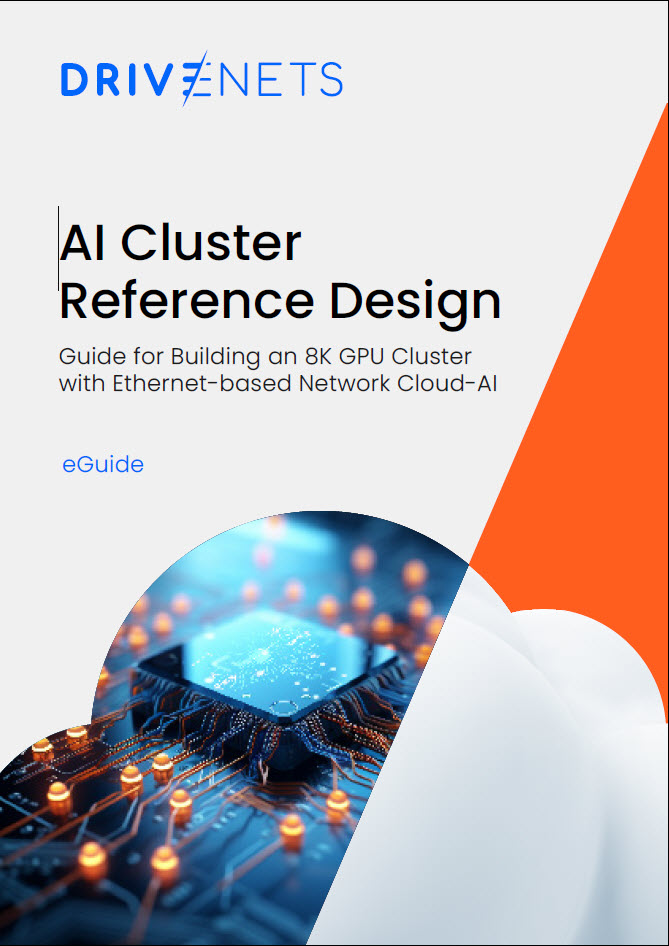This sponsored post from Intel explores how the Intel Rendering Framework, which brings together a number of optimized, open source rendering libraries, can deliver better performance at a higher degree of fidelity — without having to invest in extra hardware. By letting the CPU do the work, visualization applications can run anywhere without specialized hardware, and users are seeing better performance than they could get from dedicated graphics hardware and limited memory.
Software-Defined Visualization with Intel Rendering Framework – No Special Hardware Needed
Visualizing with Software Rendering with Intel Xeon Phi
There are two main categories or uses where rendering on the Intel Xeon Phi processors should be investigated. The first is what could be called “Professional rendering” and the second, “Scientific visualization.” “Software based visualization, whether for photo-realistic rendering or scientific visualization can be accelerated with a software only approach. This allows for new algorithms to be implemented faster than waiting for the next generation of hardware systems to appear. As the number of computing elements increases, performance can increase as well.”
Visualization in Software using Intel Xeon Phi processors
“Intel has been at the forefront of working with software partners to develop solutions for visualization of data that will scale in the future as many core systems such as the Intel Xeon Phi processor scale. The Intel Xeon Phi processor is extremely capable of producing visualizations that allow scientists and engineers to interactively view massive amounts of data.”
Intel Xeon Phi with Software Defined Visualization at SC16
“Software Defined Visualization (SDVis) is an open source initiative from Intel and industry collaborators to improve the visual fidelity, performance and efficiency of prominent visualization solutions – with a particular emphasis on supporting the rapidly growing “Big Data” usage on workstations through HPC supercomputing clusters without the memory limitations and cost of GPU based solutions. Existing applications can be enhanced using the high performing parallel software rendering libraries OpenSWR, Embree, and OSPRay. At the Intel HPC Developer Conference, Amstutz provided an introduction to this initiative, its benefits, a brief descriptions of accomplishments in the past year and talk about the changes made to Intel provided libraries in the past year.”







